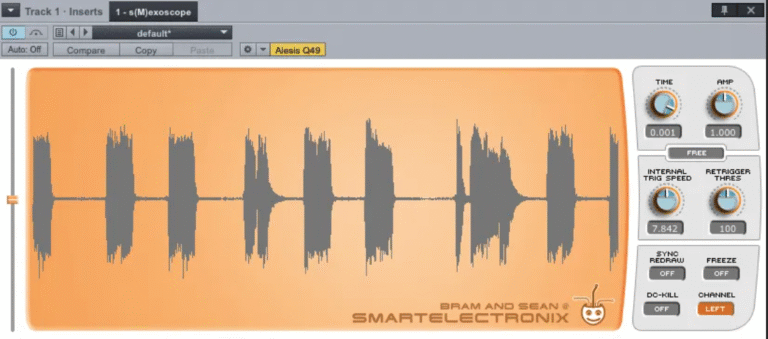Bedroom Producers Blog will give its readers 25,000 free IK Multimedia Quad Image licenses at 2 p.m. (CET) on Tuesday, April 30th.
Multiband Stereo Imaging Processor Combining the concept of M/S (Mid Side) matrix processing of the stereo field with multiband architecture, Quad Image effectively allows control over the stereo width of each frequency band. Its simple control set notwithstanding the Quad Image is a powerful processor.
How to use?
Quad Image can be applied in a wide range of audio contexts, both in music production and audio post-production. Here are some of the applications:
- Music Production:
- Stereo Mixing: Quad Image can be used during the mixing process to adjust the stereo width of specific instruments or entire audio tracks.
- Mastering: In the mastering stage, Quad Image can be employed to optimize the overall spatiality of the mix, ensuring a balanced distribution of stereo elements.
- Audio Post-Production:
- Sound Design: For creating complex sound effects or spatializing ambient sounds, Quad Image offers detailed control over stereo distribution.
- Dialogue and Sound Effects Mixing: In film, television, or game production projects, Quad Image can be used to ensure clear separation between dialogues and sound effects, enhancing the overall audio experience.
- Broadcasting and Podcasting:
- Podcast Production: Quad Image can be used to enhance the spatiality and clarity of sound in podcasts, ensuring optimal rendering across different listening platforms.
- Radio Broadcasting: In radio programs, Quad Image can help emphasize the stereo presence of music or sound effects used.
- Video and Multimedia Production:
- Video Editing: In conjunction with the audio of a video project, Quad Image can be used to optimize audio spatialization, providing an engaging experience for viewers.
- Audiovisual Installations: In artistic contexts or multimedia installations, Quad Image can be employed to create immersive and engaging sound environments.
Overall, Quad Image is suitable for any situation where precise control over the stereo width of audio material is desired, allowing users to shape the sound spatiality according to their creative and technical needs.





